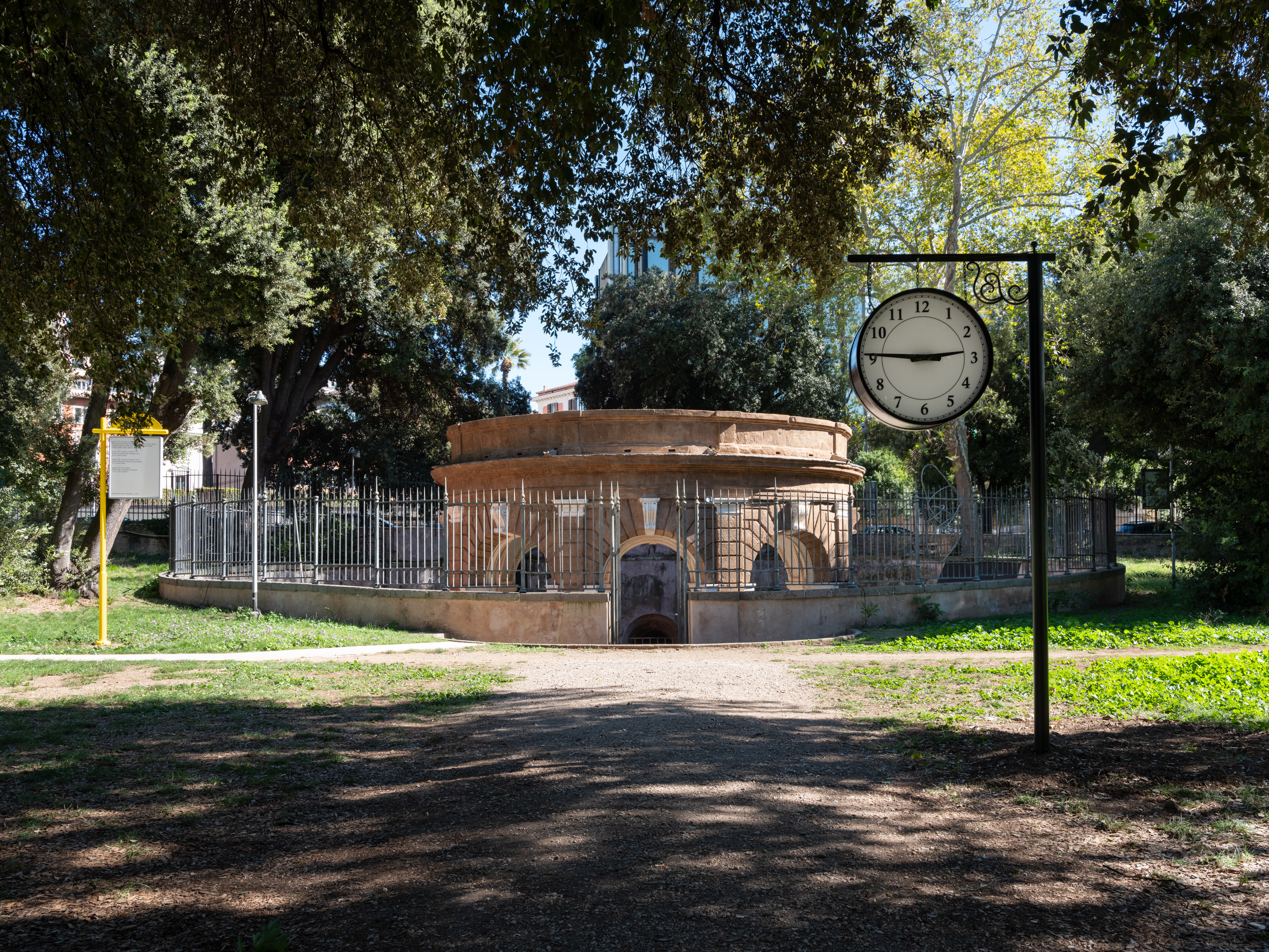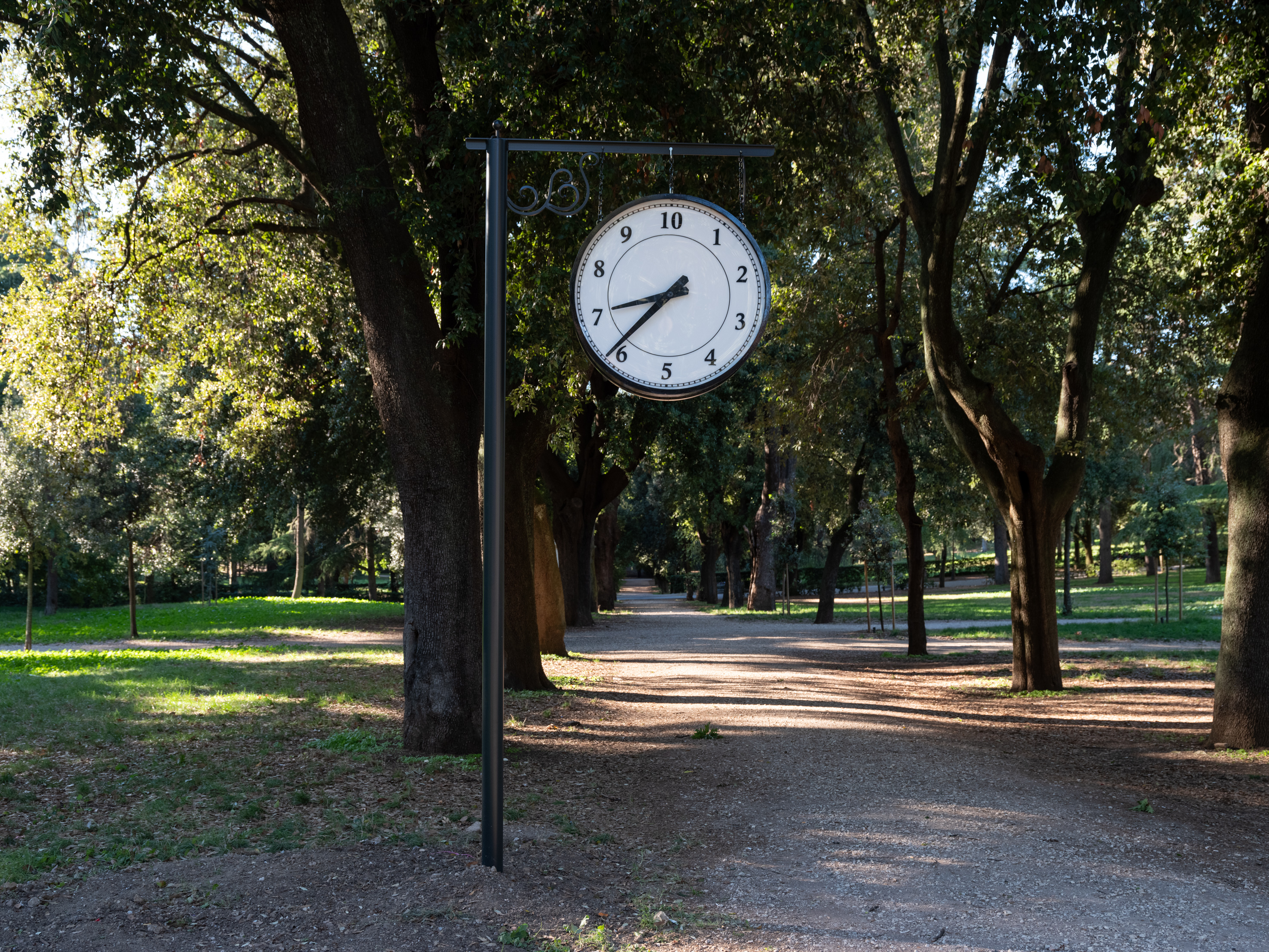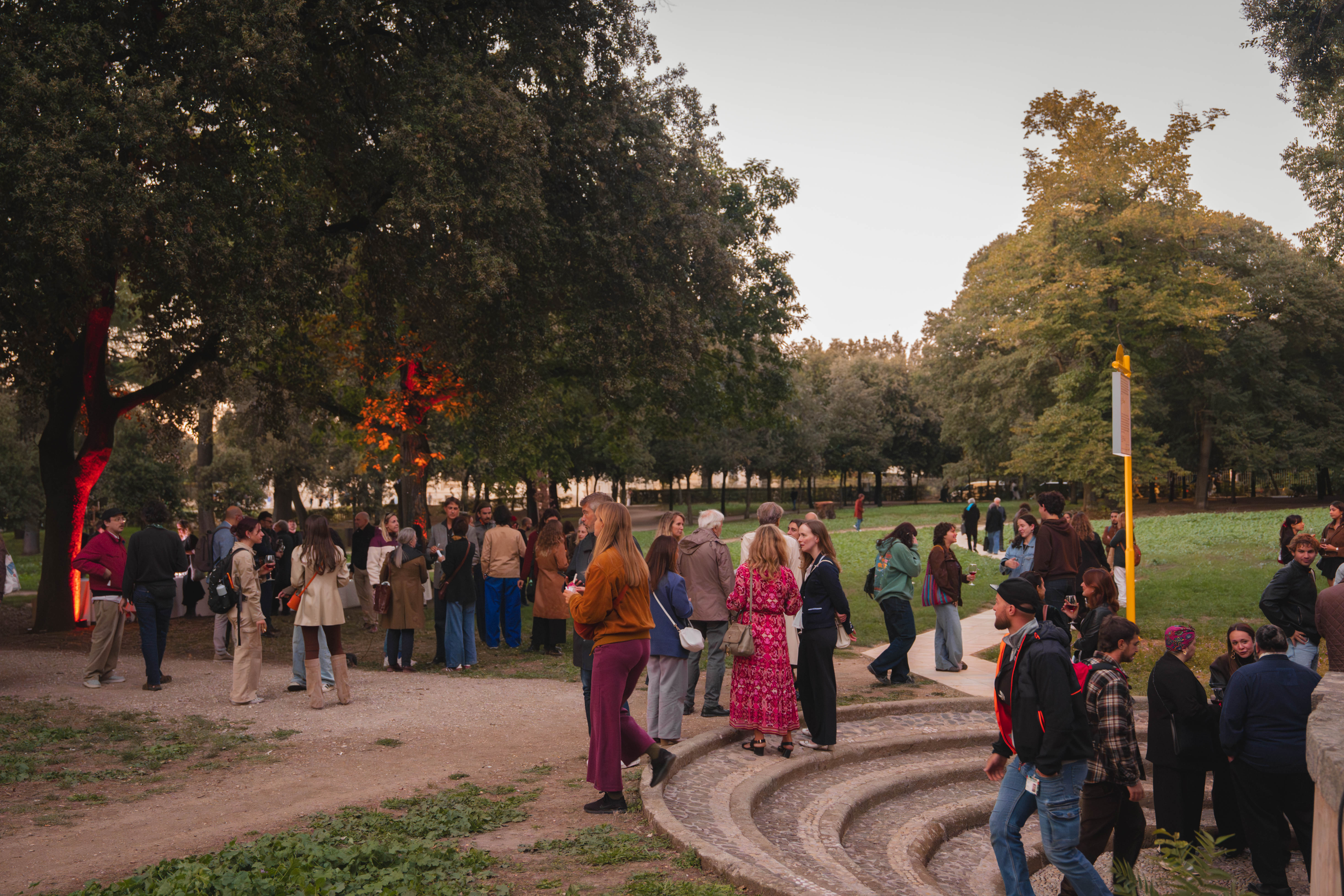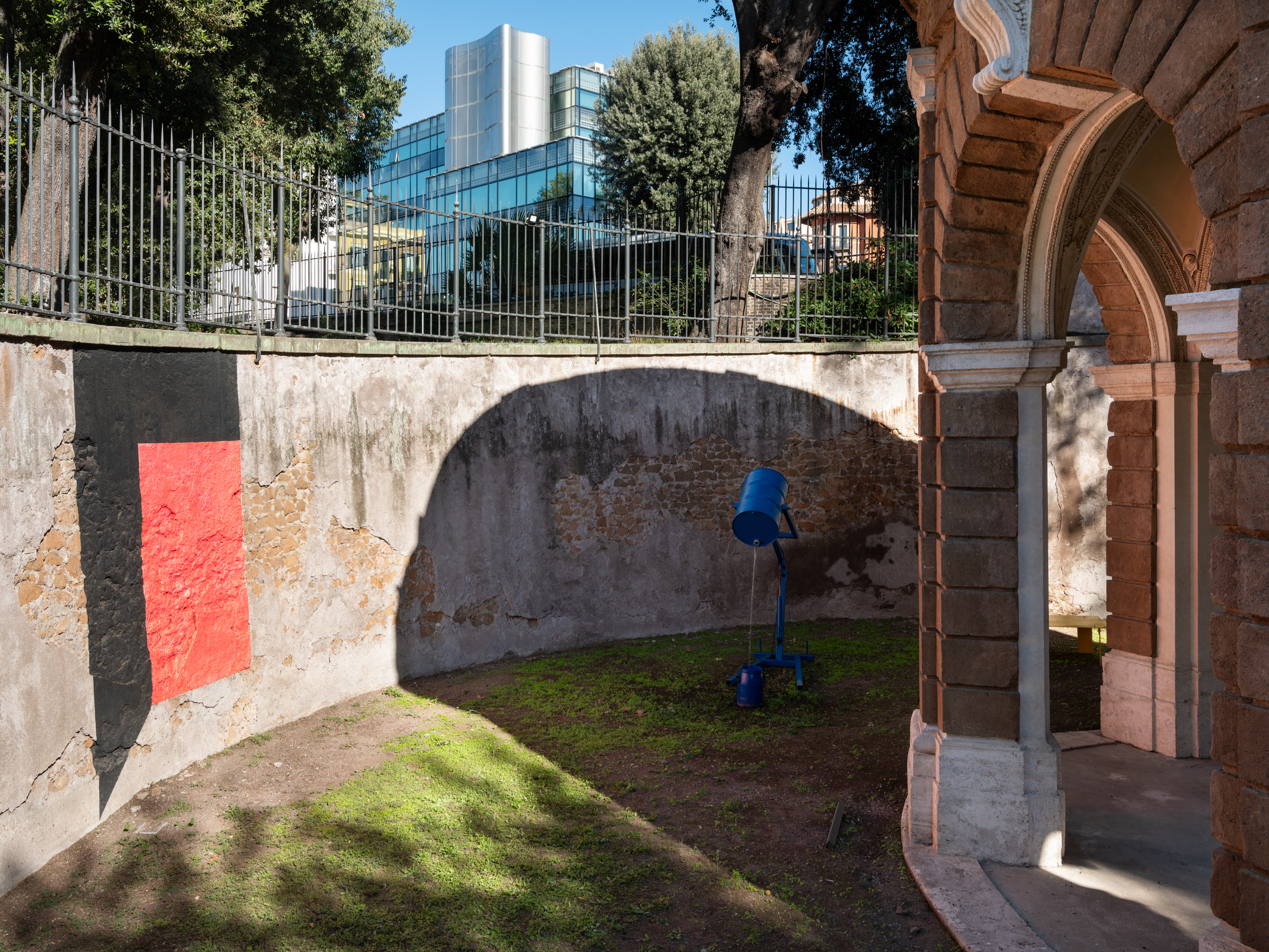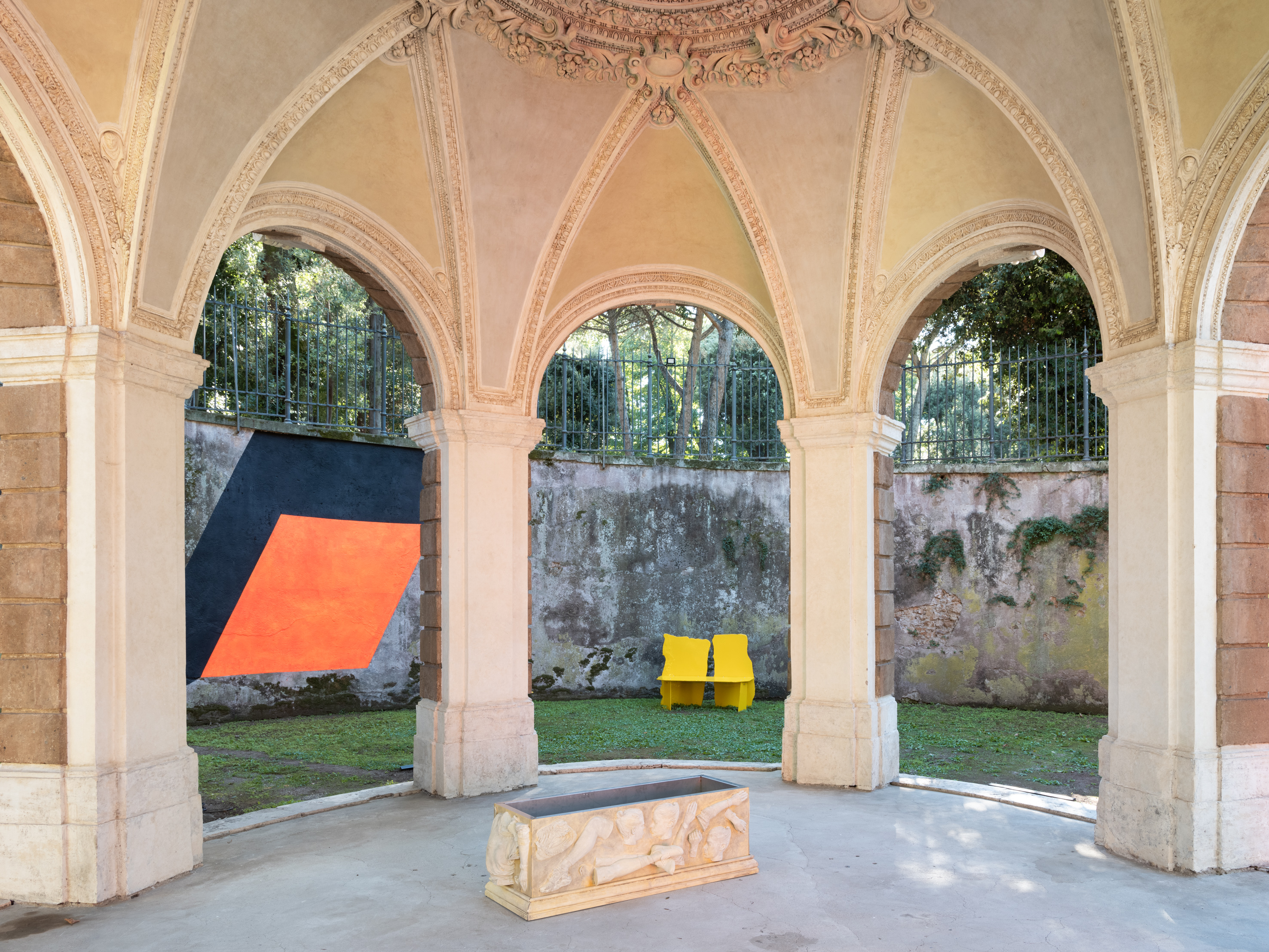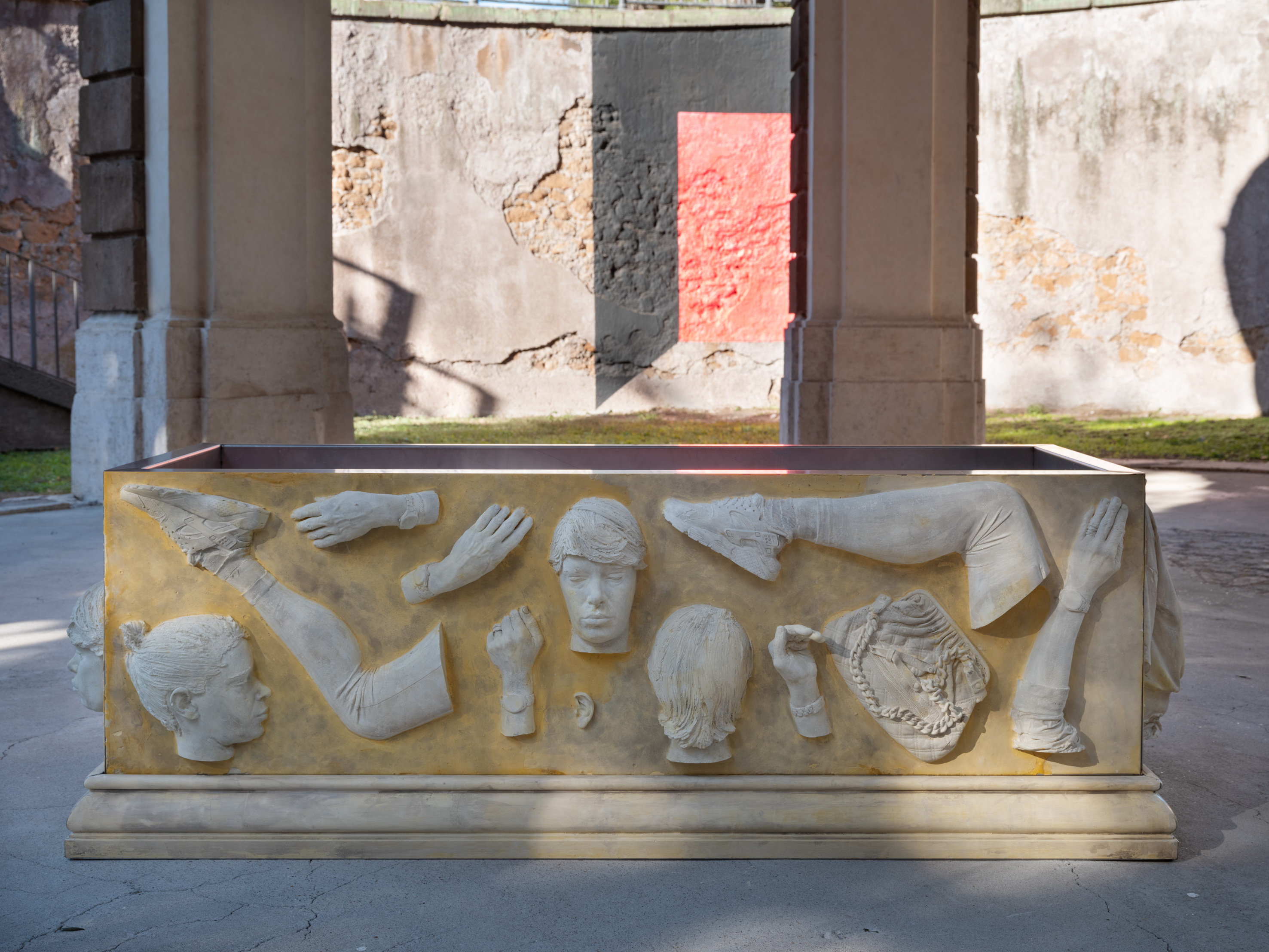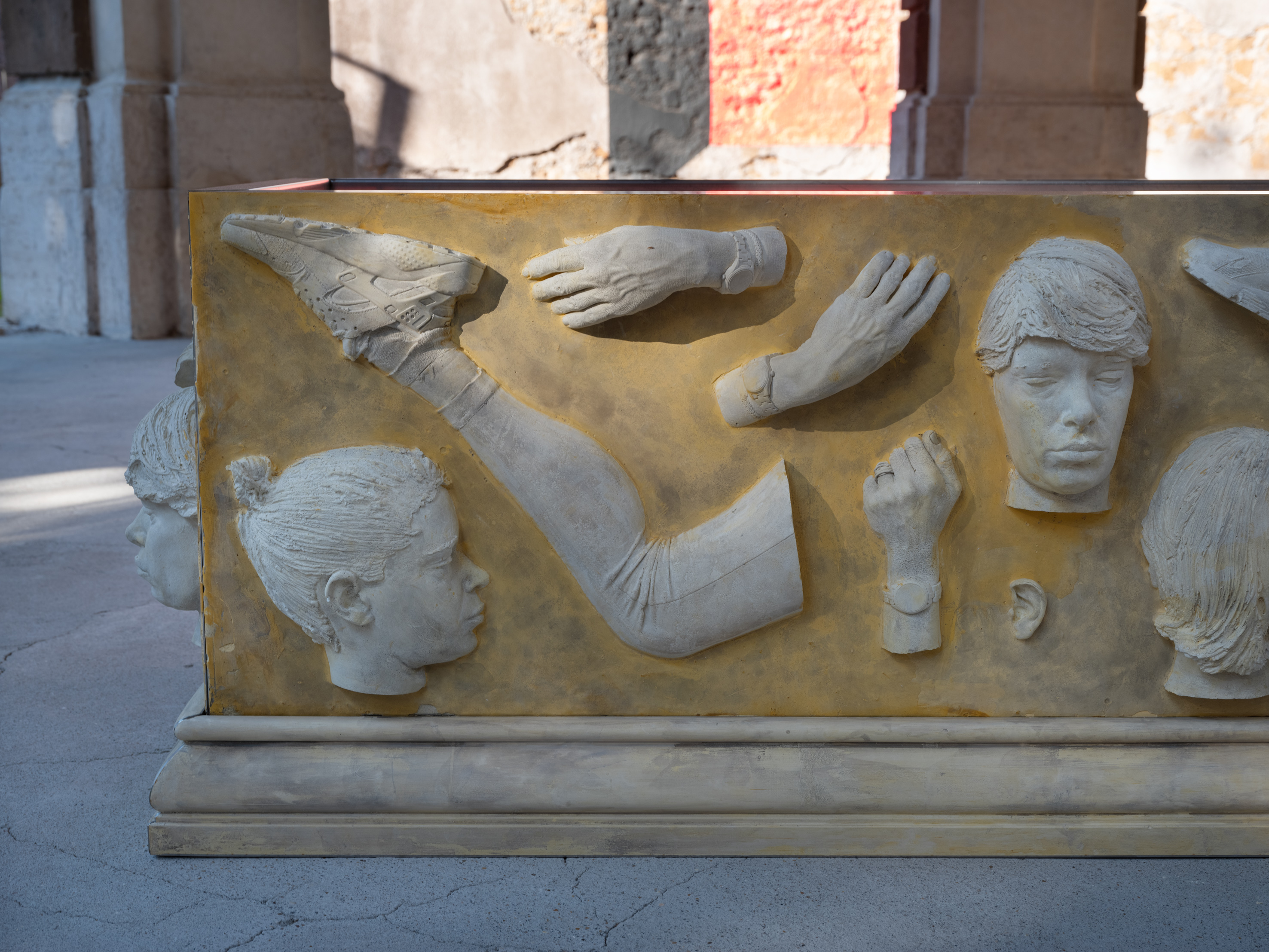Fourth Phase of LAVINIA unveiled at the Loggia dei Vini in Villa Borghese, Rome
16/10/2025 - 14:31
On Thursday, 2 October, at the Loggia dei Vini in Villa Borghese, the fourth phase of LAVINIA opened, featuring works by Ruth Ewan and Lili Reynaud-Dewar.
The contemporary art program, produced by Ghella and promoted by Roma Capitale—the Department of Culture and the Capitoline Superintendency for Cultural Heritage—was conceived to engage with the restoration of the Loggia dei Vini, built between 1609 and 1618 at the behest of Scipione Borghese, where wines and sorbets were once served. Each LAVINIA opening was paired with a dedicated gelato flavor. For this fourth edition, the chosen flavor was strawberry grape, as a nod to the arrival of autumn.
The project took its name from Lavinia Fontana (1552–1614)—one of the first women artists to be recognised in art history and represented in the Galleria Borghese collection—and unfolded in parallel with the various phases of the seventeenth-century Loggia’s restoration. The three-year restoration was carried out by R.O.M.A. Consorzio, under the scientific supervision of the Capitoline Superintendency for Cultural Heritage, and was made possible by a donation from Ghella.
For this fourth edition, Ruth Ewan recreated a typical element of Roman street furniture—the pole traditionally used to mount public clocks—and installed a clock from the series We Could Have Been Anything That We Wanted to Be (2011), which uses decimal time inspired by the French Republican Calendar, inviting the public to rethink how time is measured.
Lili Reynaud-Dewar presented Sarcophagus (2025), a site-specific work composed of casts of her body that interweaves memory, identity and representation, in dialogue with the Loggia’s friezes and decorations.
These two new works joined interventions realised in earlier phases of the project: the handle designed by Monika Sosnowska for the entrance gate; seating by Gianni Politi; Piero Golia’s endless water fountain; and Enzo Cucchi’s sculpture that offered a glimpse of the ancient nymphaeum. Completing the pathway were Johanna Grawunder’s light installation, which bathed the retaining walls in light, and Ross Birrell & David Harding’s Dante Desire Line Poetry Path*, which accompanied visitors with Dante’s words, guiding them towards the Loggia.
Restoration work
Within Villa Borghese, the Loggia dei Vini forms part of the seventeenth-century architectural complex that also includes the hypogeum—originally used to store wines—and is connected to the Casino Nobile of Villa Borghese by an underground passage. Closed to the public for decades, the Loggia was brought back to life through a three-year restoration programme that began in 2024 and is due for completion in 2026. The phase just concluded focused on restoring the exterior of the building; the next will concentrate on the rehabilitation of the hemicycle and its terracotta paving.
Photo credit Daniele Molajoli and Gioele Benedetti


